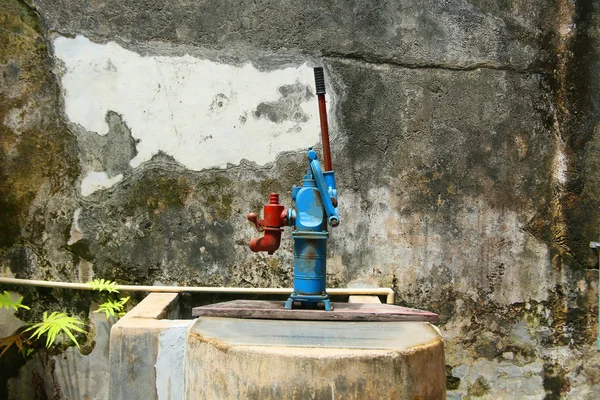Introduction
A well-maintained borehole can provide clean and reliable water for many years. However, over time, boreholes can experience issues that affect water quality, yield, and efficiency. Recognizing the early signs of borehole deterioration and knowing how to address them can prevent costly repairs and ensure a consistent water supply.
Common Signs Your Borehole Needs Rehabilitation
1. Reduced Water Yield
One of the most common signs that your borehole needs rehabilitation is a noticeable decline in water output. If your pump takes longer to fill a storage tank or water pressure has decreased, this could indicate: ✔ Clogging due to sediment or mineral buildup ✔ Pump inefficiency or failure ✔ Changes in the water table
2. Poor Water Quality
If you notice changes in the taste, color, or odor of your borehole water, it may be a sign of contamination. Possible causes include: ✔ Bacterial contamination due to casing deterioration ✔ Presence of iron, fluoride, or other harmful minerals ✔ Muddy or turbid water caused by damaged well screens or infiltration
3. Pump Malfunctions & Frequent Breakdowns
Frequent pump failures, overheating, or irregular power consumption may indicate that the borehole is under strain. Common causes include: ✔ A drop in water levels causing the pump to run dry ✔ Mechanical wear and tear ✔ Blockages in the borehole due to silt accumulation
4. Presence of Sand or Debris in Water
If sand or fine particles appear in your water supply, your borehole may have: ✔ A damaged or improperly installed borehole casing ✔ A deteriorating well screen ✔ Excessive drawdown causing fine materials to enter the system
5. Increased Energy Consumption
If your pumping system suddenly requires more energy to operate, it could mean: ✔ The pump is working harder due to blockages or inefficiencies ✔ Water levels have dropped, requiring more power to lift water ✔ The pump is outdated and needs replacement
How to Fix and Rehabilitate Your Borehole
1. Conduct a Borehole Inspection
A professional borehole camera inspection can help identify structural issues, blockages, or contamination sources. This step is crucial in determining the best rehabilitation approach.
2. Borehole Cleaning & Desilting
✔ High-pressure jetting or airlifting can remove accumulated debris, silt, and biofilm. ✔ Chemical treatment may be required for bacterial contamination. ✔ Regular cleaning prevents blockages and restores water flow.
3. Borehole Casing & Screen Repairs
✔ If the casing is corroded or damaged, partial or full relining can be done. ✔ Well screens may need replacement to prevent sand infiltration. ✔ Proper casing ensures borehole longevity and water purity.
4. Pump Replacement & Optimization
✔ Replacing an old or inefficient pump can improve performance. ✔ Upgrading to a solar-powered pump can reduce operational costs. ✔ Installing a variable speed drive (VSD) helps regulate water flow efficiently.
5. Water Quality Testing & Treatment
✔ Conducting a water analysis helps determine necessary treatment methods. ✔ Reverse osmosis, UV filtration, or chlorination may be used to remove contaminants. ✔ Installing a filtration system ensures safe and clean water supply.


The Ultimate Guide to Borehole Drilling in Kenya: Costs, Process & Benefits
Why Choose Aquaview Kenya for Borehole Rehabilitation?
At Aquaview Engineering Kenya Limited, we specialize in diagnosing and restoring boreholes to optimal performance. Our services include: ✅ Comprehensive borehole inspections and assessments ✅ Borehole cleaning, desilting, and rehabilitation ✅ Casing and well screen replacement ✅ Pump repairs, upgrades, and solar conversions ✅ Water testing and customized treatment solutions



